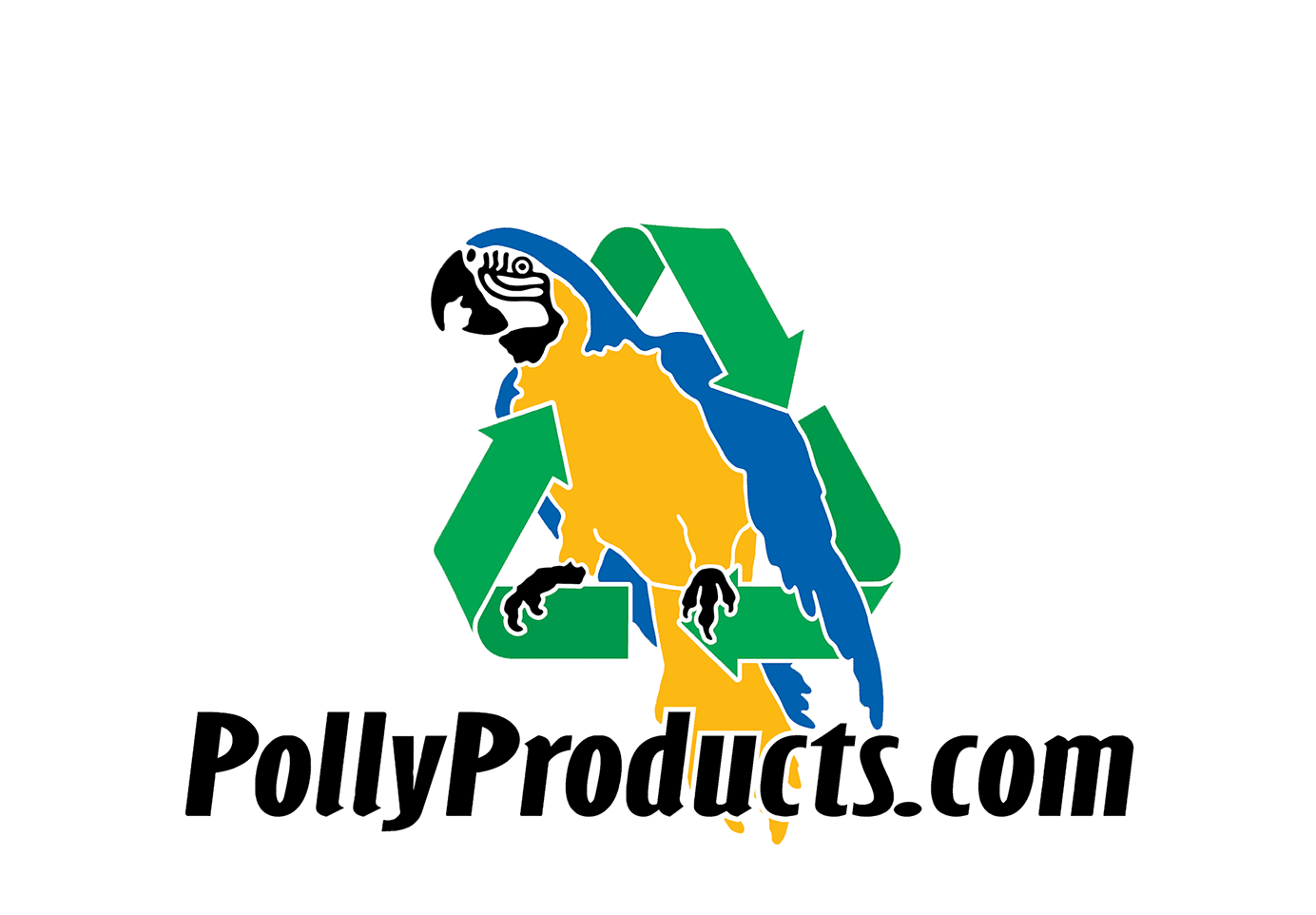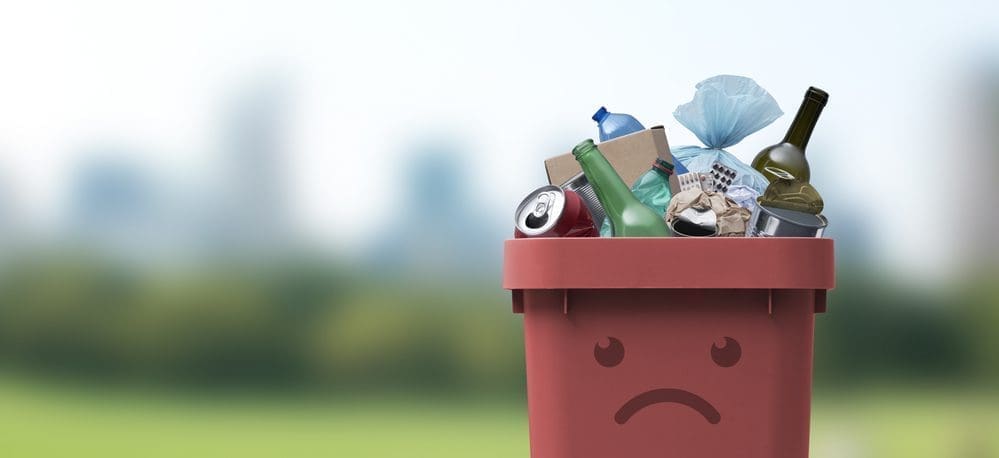

Can this be recycled?
Most of us have had a paper cup in our hand and hovered over the selection of bins in the cafe, trying to decide which one it should go into. Standing there, we consider what it’s made of, and wonder if it’s recyclable. It’s just a paper cup, what’s the harm? Then, without another thought, we throw it into the recycling bin, happily thinking we made a small contribution to the preservation of the environment. But did we make the right decision?
Recycling is a relatively simple way to reduce waste. Many communities offer this service as a part of their regular garbage collection. Participating in recycling is a great way to help the planet, but not everything can be recycled. Let’s dive into the importance of being aware of what can and cannot be recycled.
What Is Wish-cycling?
Wish-cycling refers to when items are sent to the recycling center that cannot be recycled or are thrown in the wrong category. When people do this, they probably have the best of intentions in mind. They think or hope that something can be recycled, when in reality they may be compromising the recycling process and contaminating the load. And even worse, wish-cycling can endanger the employees and equipment.
Wish cycling often results from a desire to be environmentally conscious. And instead of intentionally adding potential recyclables to landfills, we take the risk and wish cycle by guessing, hoping we made a good choice.
Why Does Wishcycling Matter?
Wish Cycling is a big problem for recycling centers. You may think that if an item cannot be recycled they will simply remove it and throw it away, but unfortunately, it’s not that simple. Wish cycling affects the recycling process in so many negative ways.
Contamination
When you try to recycle unwashed, or greasy items, they’ll contaminate an entire load of recyclables. For example, greasy cardboard boxes contaminate the recycling process of paper. Paper is recycled by being mixed with water and broken down into a slurry. The oil from a greasy pizza box sits at the top of the slurry, and the paper can’t separate from it. This contamination interferes with the pulping process, and the entire batch is ruined. Your hope to recycle one pizza box can result in the entire batch of recyclables going to waste and ending up in the landfill. One well-intentioned mistake sent an entire batch to the landfill, not just the mistake itself.
Machinery and People
Your recycled items are transported from your home or business to a Materials Recovery Facility or MRF. There they are broken down and processed. Expensive machinery is part of the recycling process, as they are designed only to process specific recyclable items. Something as simple as a plastic grocery bag or plastic strapping going to the wrong facility can damage expensive machinery. Once it’s tangled in the shredding knives or rollers, the line shuts down and a person has to climb inside, among the sharp blades, and cut it all out. It’s a very dangerous job which results in injuries and deaths in the recycling industry every year. Also consider the downtime that error cost the facility, and possible replacement parts required. Help keep employees safe and the MRFs efficient with this rule: when in doubt, throw it out.
The Detrimental Cost of Wish Cycling
Wish cycling has additional hidden costs as landfills get filled with tons of good recyclable items because of wish cycling contamination. This costs all of us in pollution and labor to have it transported a second time from the MRF to the landfill. In addition, expensive machinery getting jammed halts processing while staff work to get it going again, costing the facility more in labor, parts, and maintenance. All of these issues actually raise the cost of recycling and recycled materials because they result in less usable material being produced. Many counties are struggling to keep their MRFs open due to these additional and unnecessary costs. Costly repairs will push counties to raise prices to keep the MRF open or shut down their recycling facility altogether, causing even more landfill waste.
Steps to Stop Wishcycling
Here’s the good news, you can stop wishcycling today! These simple, important steps can help you continue to make a positive impact with your recycling efforts.
Research
Take some time to learn what is recyclable in your county, the counties you often visit, and your curbside programs. For example, items like Styrofoam can be recycled in some facilities but not others. Find out what specific guidelines your local recycling center requires for its recyclables.
Make a system
Make a list of what is recyclable above your recycling bin and add instructions if something should be washed or broken up. Then, create a plan or system or dispose of items that can’t go in your recycling bin. For example, you can start your own compost bin or see if your local grocery store has a plastic bag disposal program. Teamwork makes the dream work here. If your friends’ recycling program accepts materials yours doesn’t or requires residency to use the program, share recyclables to maximize the amount of material being diverted from a landfill. It’s a good idea to teach and check each other to ensure wish cycling doesn’t occur.
Shop with recycling in mind
Being proactive by shopping with recycling in mind is the best way you can start recycling. Consider how you will dispose of an item when you are done using it or if the packaging is recyclable. In addition, try using reusable shopping bags when you go out to keep plastic bags out of landfills. Also, when buying products that claim to be made with recycled materials, read their specifications and Material Safety Data Sheets to ensure it is still recyclable at the end of the products’ usefulness. Some ‘composition’ products actually make the landfill problem worse in the long run because recyclable materials were used in making it but the resulting product will end up in a landfill. If the product isn’t recyclable through normal channels, will the company take it back and recycle it?
When in doubt, throw it out
Although it might feel wrong to throw something away that you think might be recyclable, if you don’t know for sure, always throw it in the trash. Better to have wasted one item than to add to recycling costs or ruin an entire batch to contamination.
Benefits of Recycling
Recycling has incredible benefits, and we encourage you to persevere and do it right! At Polly Products, we hold ourselves to the highest standards of our Green Promise. For example, in making our durable outdoor furniture, we start our molding process by purchasing 100% recycled plastics, then add colorant and UV stabilizers to protect the finished products from the sun’s damaging rays.
Milk jugs, detergent/shampoo bottles, and white plastic buckets are manufactured from high-density polyethylene (HDPE or #2 plastic). Although our country is getting better at recycling, over 70% of post-consumer plastic is currently buried in a landfill or burned in incinerators. Recycling plastic makes good economic sense as it requires less energy than producing new plastic, doesn’t require additional natural resources (oil), and provides jobs, all while keeping our landfills and green spaces cleaner. When we’re doing it right, recycled products will cost less than those made from virgin materials. There are many reasons recycling makes good sense!
To learn more about what we do, shop our catalog of 100% recycled products here.








